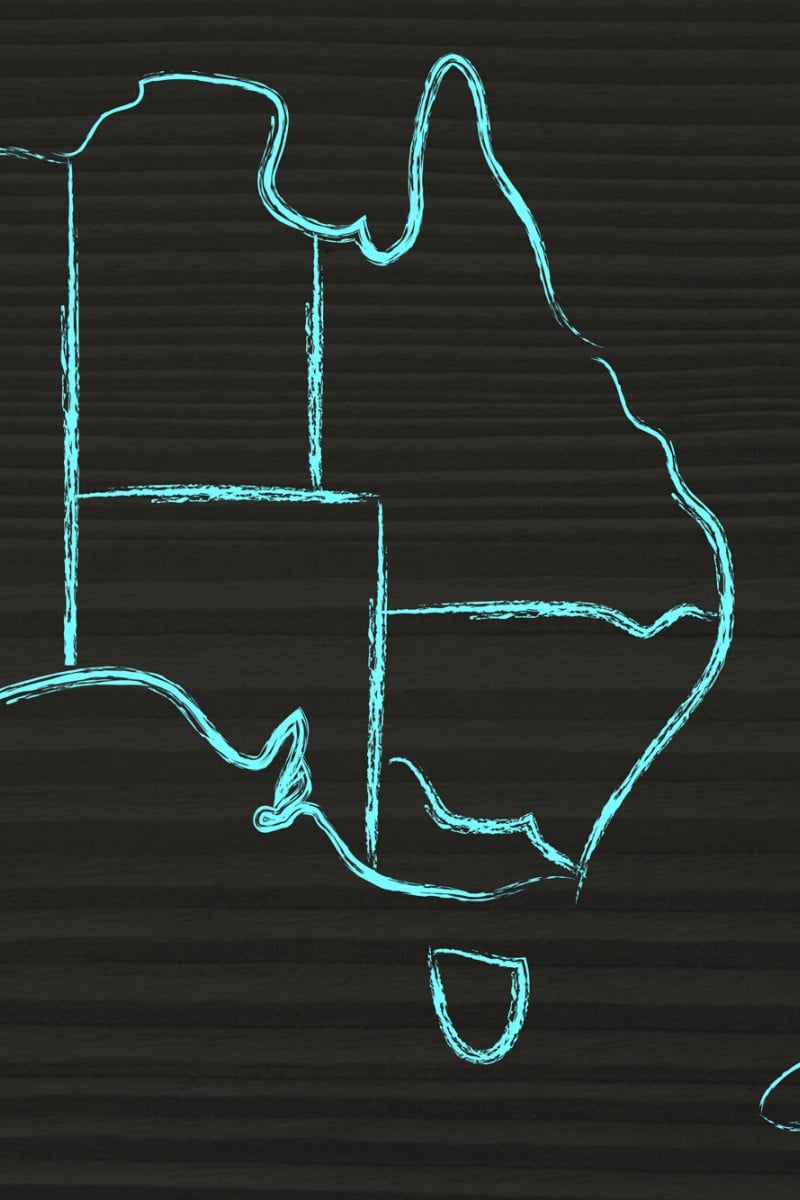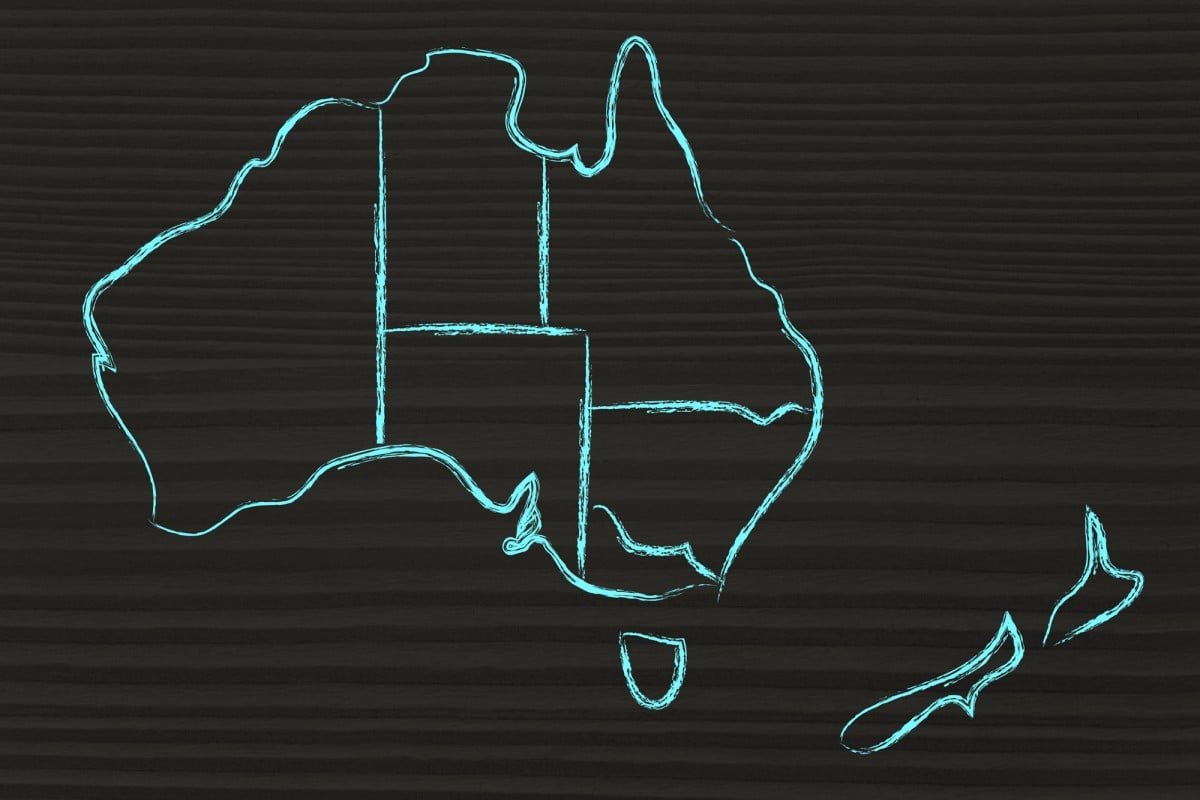
Each week, two of our readers will debate a hot topic in a parliamentary-style debate that doesn't necessarily reflect their personal viewpoint. This week's topic is ...

Wincy Leung, 19, University of Hong Kong
G’day, mate! Although Australia and New Zealand are geographically closer to Asia than Europe, this phrase hints at what sort of influences these countries have had. With both being former British colonies, they are closer in culture to Europe than Asia.
Australia and New Zealand are part of the Oceania continent, and are on separate tectonic plates to Asia. That’s why when people talk about the two countries, they may not think of them as being part of Asia. But they are an integral part of the Asia-Pacific region, also known as Apac. The term has been used in the past three decades when discussing commerce, finance, sports, and politics.
Experts have also discovered that most indigenous Australians are closely related to Central and South Asian populations, and some have genetics that indicate a Melanesian and Papuan background. In fact, a genetic study conducted in 2011 found evidence that the Aboriginal, Papuan and Mamanwa people carry genes associated with the Denisovans, a human species from Asia that is now extinct.
Australia and New Zealand are also members of the Asia-Pacific Economic Cooperation (Apec) forum, which promotes closer economic ties within the Asia-Pacific region. Apec proves that these two Oceanic nations play a significant role in promoting free trade, and they have close ties with Asian countries.
In fact, I think that Apec and the economic relations it promotes means that there aren’t any differences between Australia, New Zealand and other Asian countries.
The Oceanic countries, especially Australia, play an active role in Asian politics. In 2013, owing to their strong trade bonds, China and Australia agreed to establish a prime-ministerial level dialogue between the two countries. Australia also sent troops to East Timor to quell the violence there when the people voted for independence in 1999. From this we can see that Australia and New Zealand can’t distance themselves from Asia politically.
The two countries, along with other smaller ones, are collectively known as Australasia. Even the last half of the name suggests that it is part of Asia. Australia was also in the 2015 AFC Asian Cup, an international football tournament organised by the Asian Football Confederation. The competition was not only held in Australia in January 2015, it was won by the country’s national team.
So, while Australia and New Zealand are not a part of Asia geographically, we can’t deny that they are a part of Asia in many other ways.
Veronica Lin, 17, Hong Kong International School
Australia and New Zealand are, quite literally, half a world away from much of Asia. They are the exact opposite of Asian countries in many different ways. Just take a look at the world atlas: while all of Asia (except for some parts of Indonesia) is in the northern hemisphere, Australia and New Zealand are both in Oceania, which is in the southern hemisphere. This alone prevents these two countries from sharing any common ground with Asia. Summer in Asia takes place between June and September, but it will be December before some Australians experience their first heat wave.
Asia is known as the most populous continent, and has a much higher population density compared to the rest of the world. China’s population density is 143 people per square kilometre, whereas Australia’s and New Zealand’s are 2.91 people per square kilometre and 15 people per square kilometre, respectively. Here’s a fun fact – New Zealand is famous for having more sheep than humans, with a jaw-dropping ratio of 7:1.
Australia’s cultural background and government are heavily influenced by and very much linked to Europe. It wasn’t until 1901 that Australia became independent from Britain and abolished its White Australia policy – which forbade any non-European citizens immigrating to Australia. Even today, more than 90 per cent of its residents are of European descent.
While some may argue that the indigenous Australians, the Aborigines, originally migrated from Asia, like the Native Americans living in the US, they are a very small percentage of the population.
Politically, both Australia and New Zealand are part of the Commonwealth, and despite being sovereign nations, they still recognise Queen Elizabeth II as their monarch.
Australia has in recent years been occasionally involved in sports events held in Asia or have been included in the Asia-Pacific region, but these are merely ways to maintain friendly relations and keep opportunities for cultural exchange open with Asia’s rising superpowers.
Making Australia and New Zealand a part of Asia would definitely lead to chaos and confusion, and possibly threaten the two countries’ territorial integrity. Eventually, Aussies and Kiwis would not only begin to lose their sense of individuality but also their cultural diversity, which is what they’ve thrived upon for so many years.